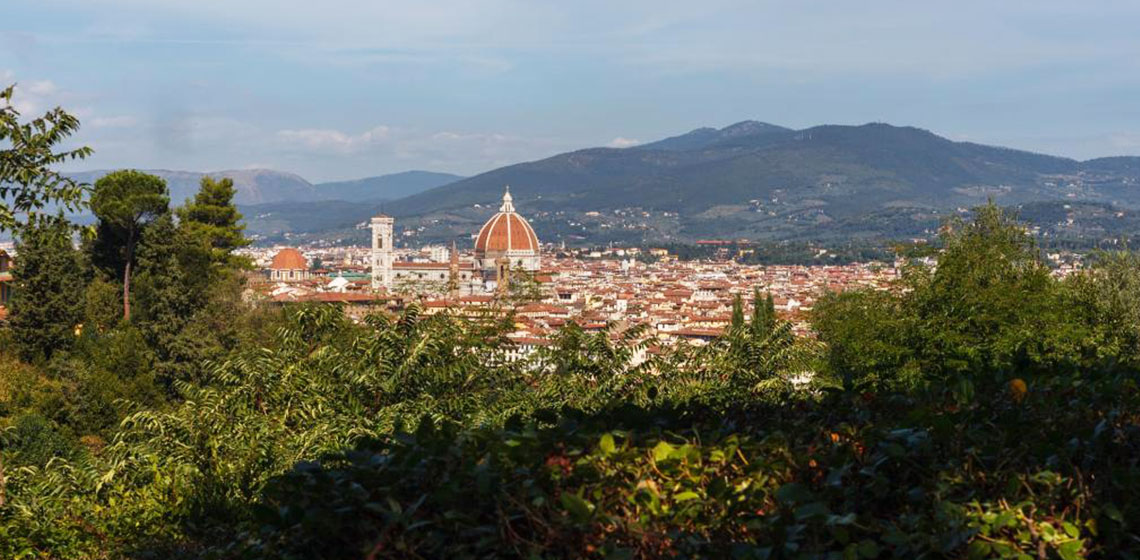
5 More Quirky Facts You Didn't Know About Florence
Florentine oddities unveiled.
With Florence’s top tourist destinations a few clicks away, this city’s lesser-known features have become as cherished as its famed monuments and museums.
And despite its Renaissance fame, visitors shouldn’t neglect the city’s Roman origins. Ages of political and architectural developments have left wonders buried away in the ground, meaning there’s a whole lot more than meets the eye.
From what’s lurking underground to impressive moments in history, here are some more Florentine oddities you’ll be itching to see:
Roman ruins
The mention of Santa Reparata usually results in raised eyebrows all around.
Step inside the Florence Cathedral and descend into Florence’s underground, a space that houses the remains of a smaller, age-old church.
Santa Reparata dates to the 3rd century and was the city’s main religious building; today it contains Saint Zenobius’ bones and excavated floor mosaics (among other treasures).
But that’s not all for Roman Florence: head to Piazza della Signoria to walk on a Roman theater – well, kind of.
Dating to about the 1st century B.C.E., excavations under the medieval palace found rows of seats built in stone, an entire structure that with its wooden bleachers contained between 8,000 and 10,000 spectators.
Though the ruins are closed off to the public, audio-video guides and visual reconstructions of the area recreate the Roman city for its modern visitors.
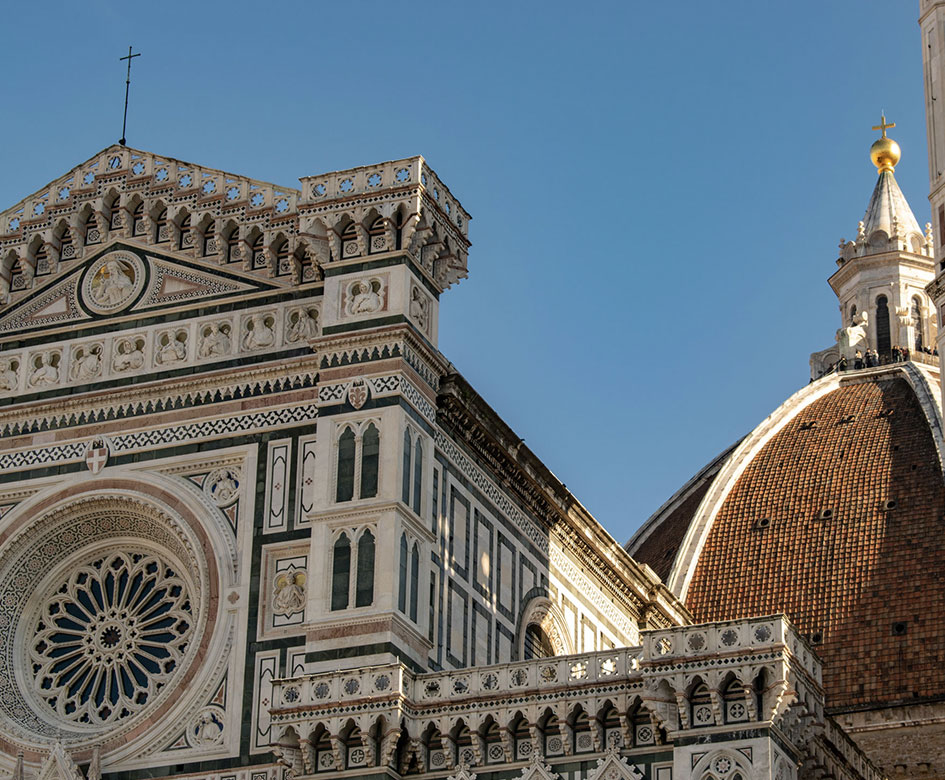
Duomo Firenze
Blasted bridges
Florence’s famed Ponte Vecchio is not as old as the name suggests: although its origins date to before 1000 A.D., the current bridge was heavily damaged in a flood in 1333 and rebuilt in 1345. Besides its unique structure, it’s also the only bridge in Florence that survived German bombings during World War II.
To this end, the bridge’s western neighbor, Ponte Santa Trinità, was once considered the most beautiful bridge in Europe, besides being the world’s oldest elliptic arch bridge.
However, 1944 bombings completely destroyed Bartolomeo Ammannati’s Renaissance structure, also causing a head of the Primavera statue to go missing.
The bridge was finally rebuilt out of its original stone in 1958 – and in 1961, Primavera’s original head was finally rejoined to the statue.
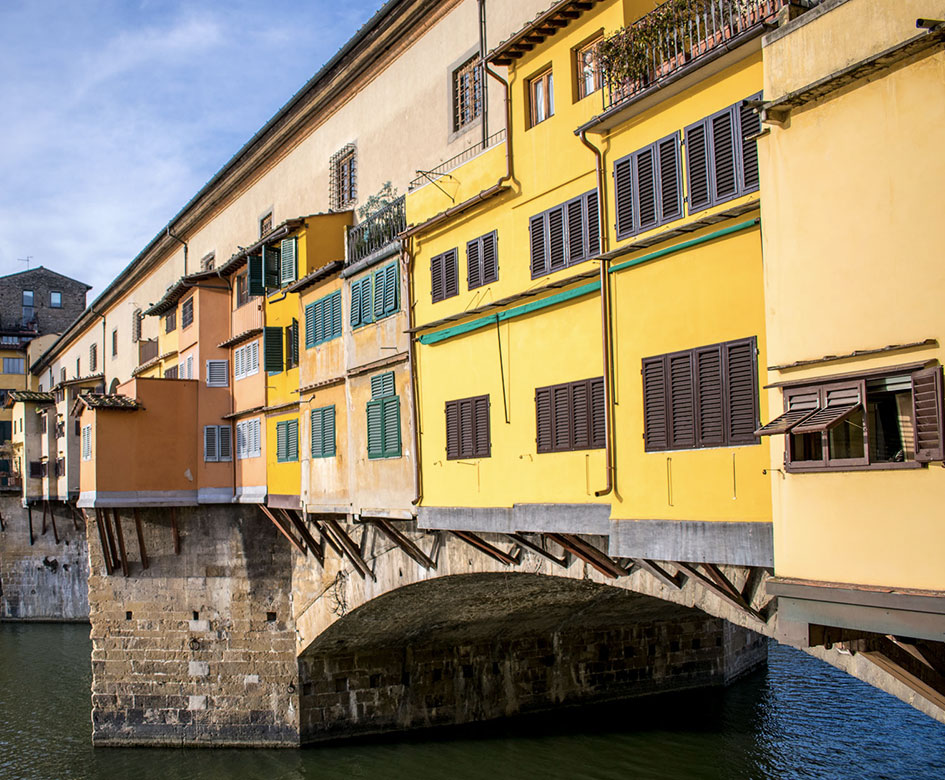
Ponte Vecchio
Florentine dialect: the real Italian
In medieval Florence (or better, Italy as a whole), the codified language for written texts was Latin. Enter Dante, Petrarch and Boccaccio: figures in Italian history known for their use of the Tuscan vernacular (the volgare) to produce illustrious literary texts.
These Florentines, most notably the older Dante, are still credited for standardizing the Italian language, which in later centuries became the country’s official spoken tongue.
Fragments of Galileo
Galileo Galilei was a Florentine born and bred, a man whose scientific discoveries were the springboard for a new scientific era.
The famed Tuscan was fittingly given his own museum in Florence (the recently-renovated Museo Galileo), but besides the museum’s tools and instruments from the Medici court, you’ll also find an unusual artifact: Galileo’s middle finger.
During the transfer of his remains to Florence’s Santa Croce Basilica, admirers of Galileo removed a few of his fingers, a tooth and vertebra from his body, which made their way back to the museum via an auction: a freaky and fun treasure science lovers shouldn’t miss.
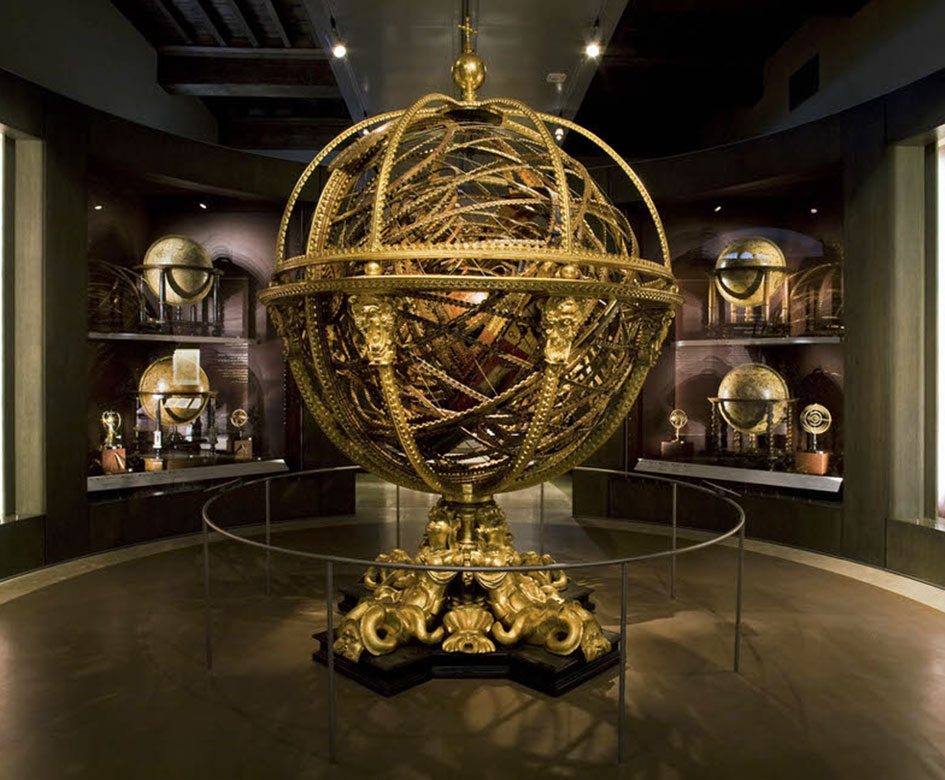
Museo Galileo Galilei
Florentine pyramids
If you’ve ever ventured to Cascine Park, you’ve probably wondered about the pyramid in the area. Dating to 1796 and commissioned by Grand Duke Ferdinand III to Giuseppe Manetti, this structure was once used as an icehouse.
The structure housed dairy products and ice, a product made directly in the park where today you’ll find the “Le Pavoniere” swimming pool.
You’ll find other Egyptian motifs around Florence (such as the obelisks in the Boboli Gardens and in piazza Santa Maria Novella), but head to Lorenzo Ghiberti’s golden “Gates of Paradise” on the Florentine Baptistery to see a work with curious iconography: Noah’s Ark represented in pyramid form.
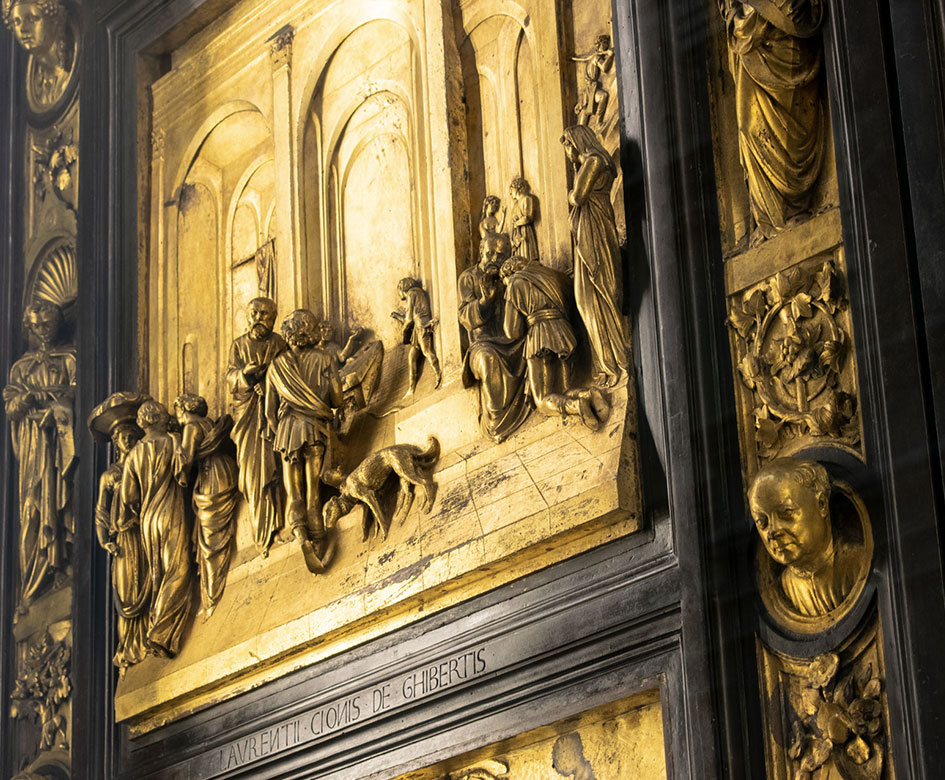
Porta del Paradiso






 All the services are provided by local merchants
All the services are provided by local merchants By using this site you support Florence
By using this site you support Florence We offer products with high-quality standards
We offer products with high-quality standards You stay sustainable
You stay sustainable It's a 100% trustworthy website
It's a 100% trustworthy website